Who is your AI Working For?
Originally published by Gloat on 19 August 2020
Written by Adam Etzion
As organizations become increasingly reliant on big data and AI, it’s time to start thinking about your company’s data policy. Who is your AI really working for?
Organizations today are becoming increasingly reliant on advanced data-science based services. From market analysis to internal HR solutions, AI has the potential to revolutionize almost everything we do. But to function properly, AI requires data – and lots of it.
When it comes to matters that are external to the company – like market analysis – the data that drives the algorithm is mined and gathered from a variety of sources, but for internal solutions, it usually comes from just one place: your employees. It’s therefore more and more common for employers to demand their workforce incorporate data feeding practices into their routine – and often, this is encountered with understandable resistance. While the information is essential for insights into the company and decision-making by executives, gathering it can also have a dampening effect on employee engagement and their sense of affiliation with the organization. In short; it’s intrusive and hostile.
But what if we told you there is a simple way to not only ensure your employees cooperate with these new systems, but that they’ll do so willingly?
To start, we need to change our perspective on who the AI is there for.
A Change in Perspective
Smart HR platforms today rely on data entered by employees in order to provide the relevant insights and functionality to decision-makers inside the company. Data about the available skills, performance and engagement within the workforce is, indeed, highly relevant to executives and team leaders – but it’s easy to forget that it’s also highly relevant to the employees themselves.
When employees are asked to feed their personal information into a system they themselves do not benefit from, not only do they have no personal motivation to do so – they actually have a good reason to actively avoid doing it. This is because they can’t know or see where that information is going, and can therefore only assume that information will eventually be used against them.
But even if employees undergo tutorials and explanations about the system, and know that the information it gathers won’t be used to tighten the rope around them, as long as they don’t actively benefit from it, their motivation for keeping the system updated will erode very quickly.
So are AI-driven HR platforms doomed to fail?
Far from it. They just need to stop thinking about the workforce as data points that need to be gathered, and to start thinking about employees as their most important users.
Data for All
When an employee feeds her personal information into a sprawling, data-driven system, that system then provides meaningful, important insights to decision makers within the company about her place in the organization. But while those insights are highly relevant to managers and executives, the person they hold the most value for is the employee herself.
If employees are seen by the company as partners and collaborators, rather than resources, they stand to benefit the most from the data they help provide the system with.
Companies that realize this have a huge advantage not only in boosting their workforce’s engagement, but also in their ability to harvest better data about themselves over time.
In a world where data is king, companies that have more of it, and in higher quality, as well as the ability to share its prizes with their employees, have a distinct advantage over the competition.
People First
As automation and the digital revolution continue to take hold of businesses, it’s easy to forget that the most important resource companies have are their people. Every new platform, technology and methodology that organizations choose to adopt should keep people the top priority – and data science is no exception.
If your AI relies on your employees but doesn’t serve them, you should be asking yourself how you can change that.



